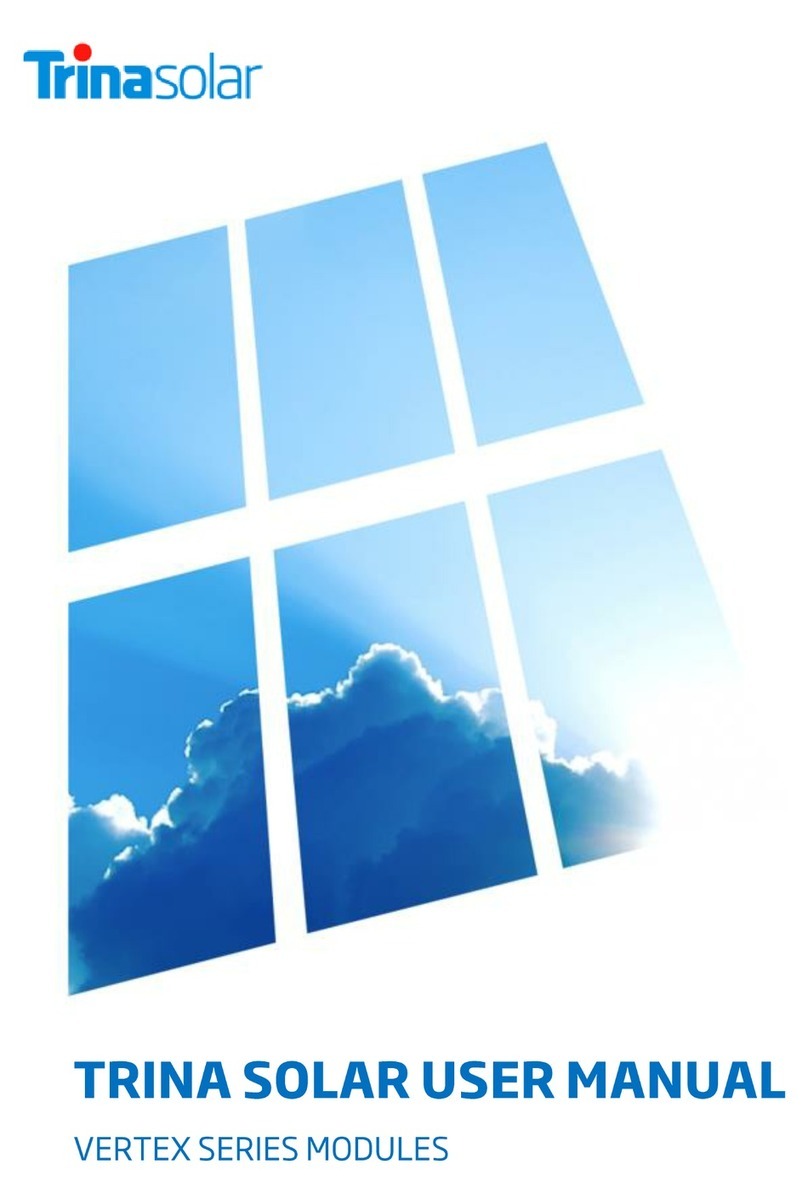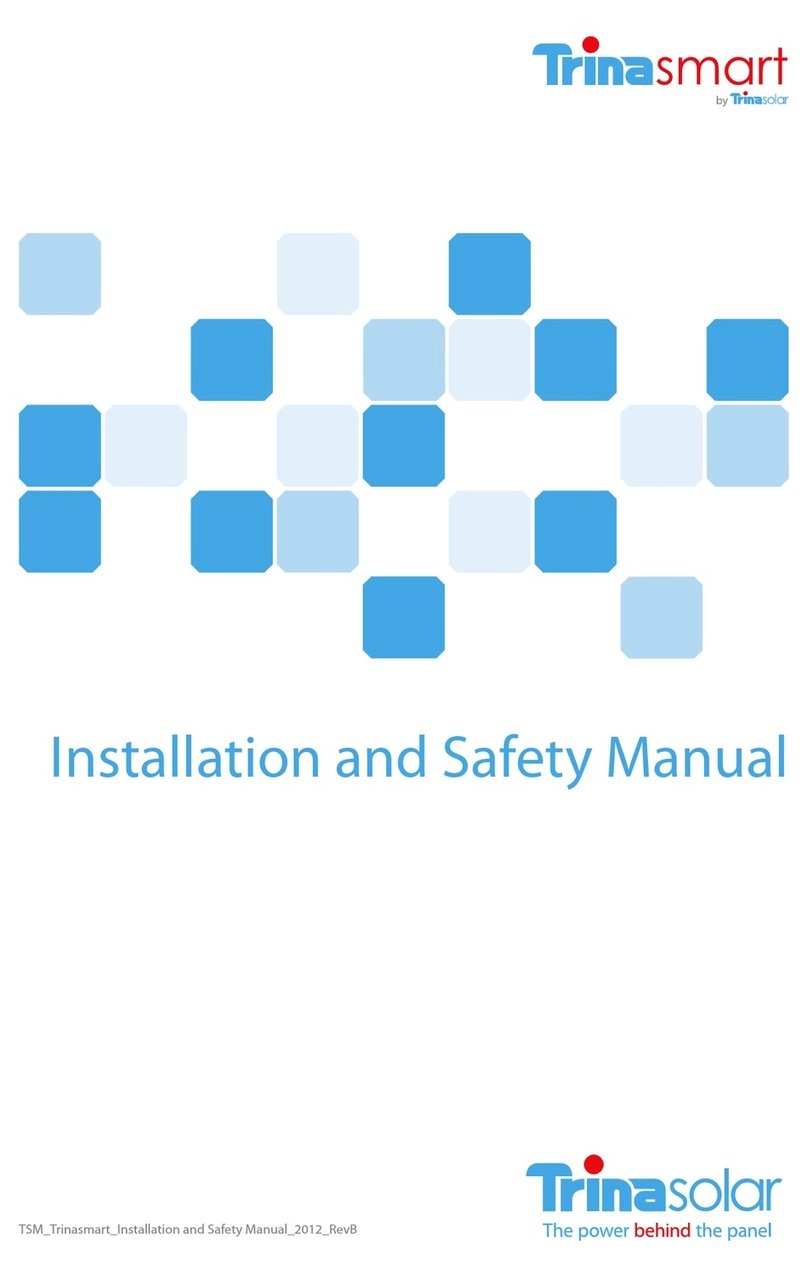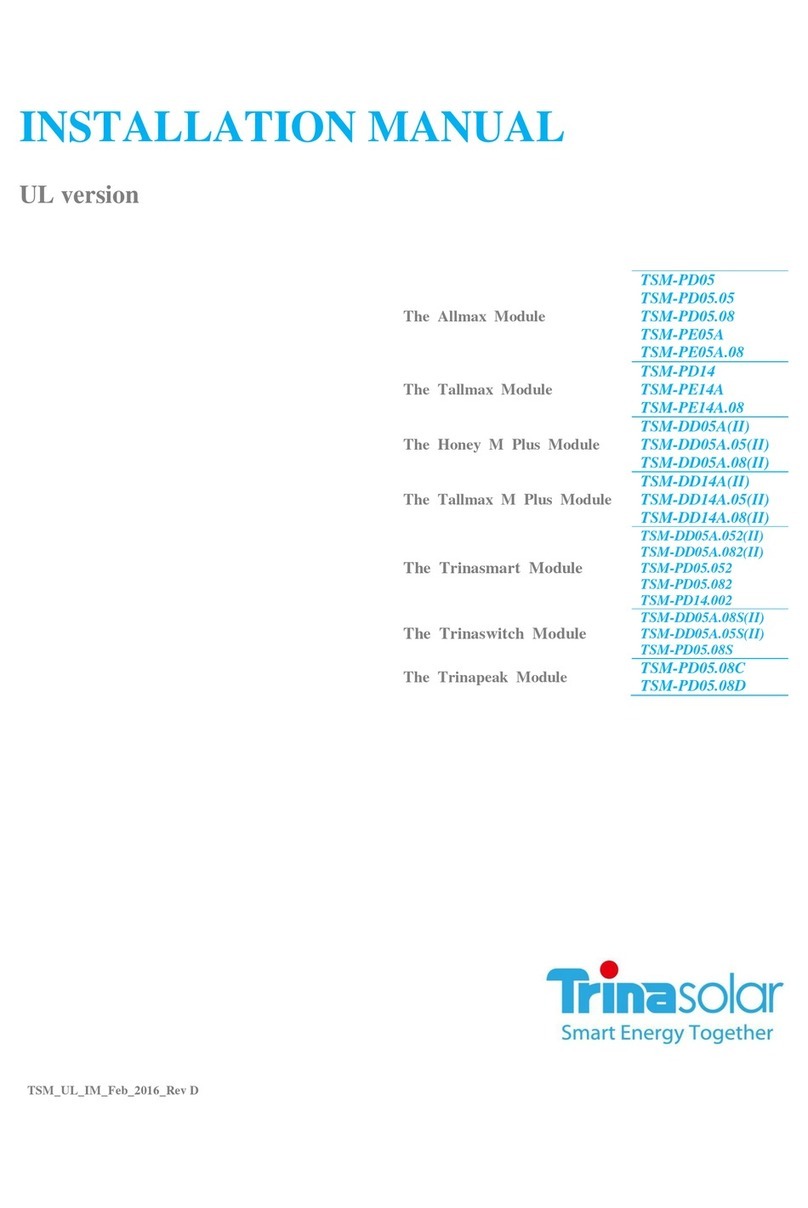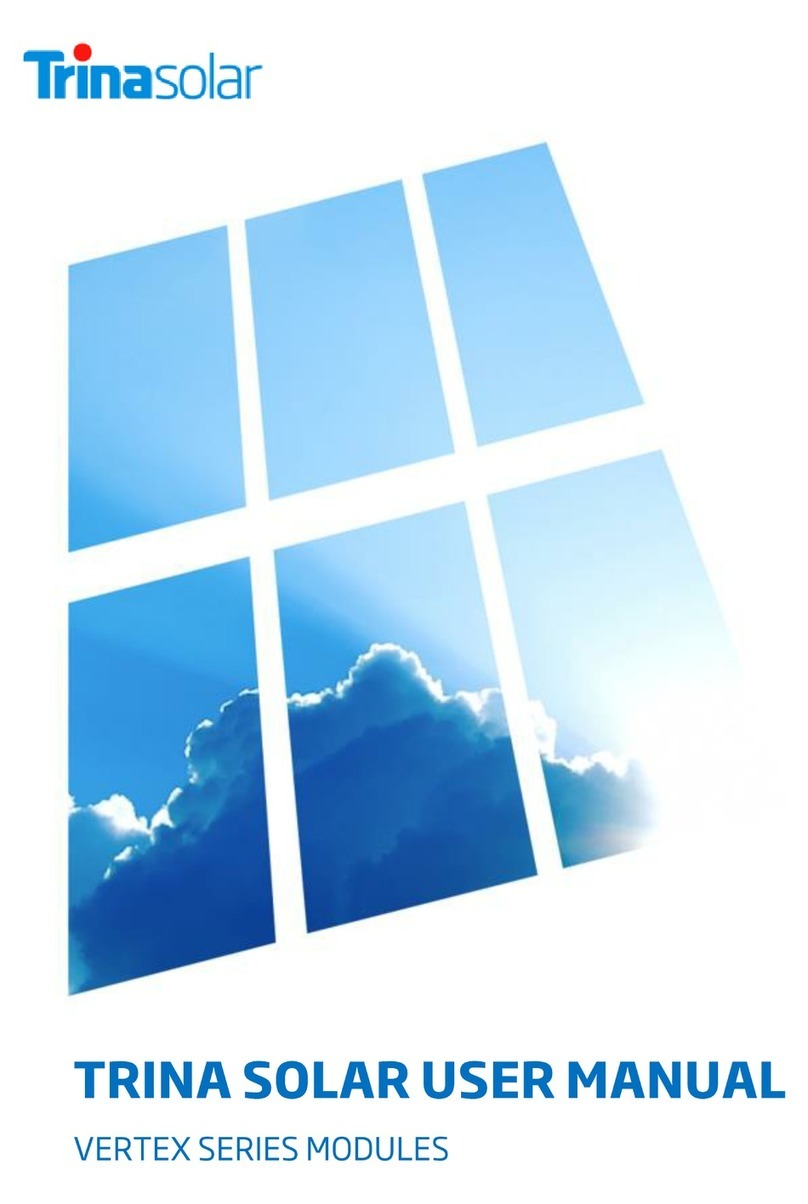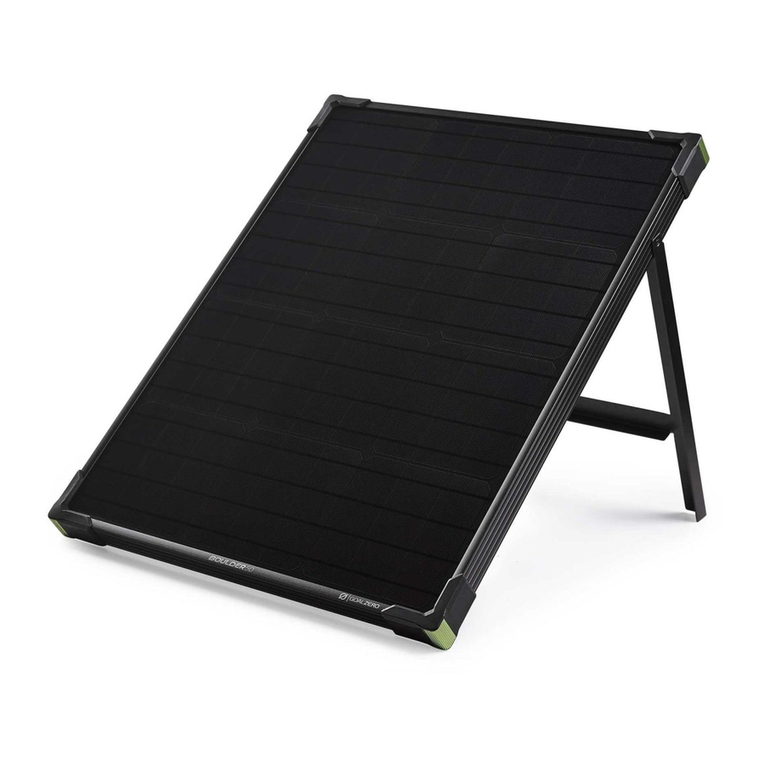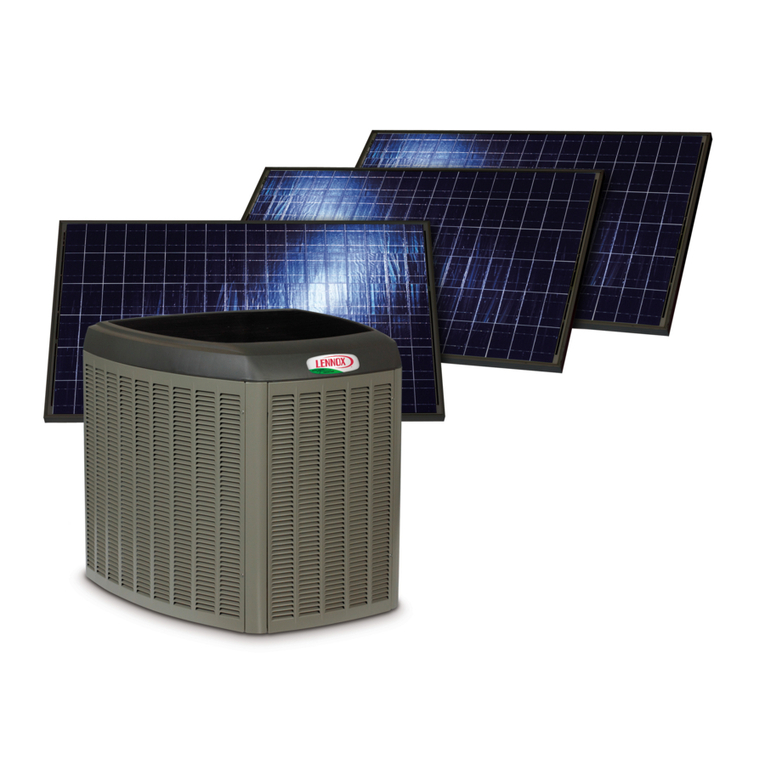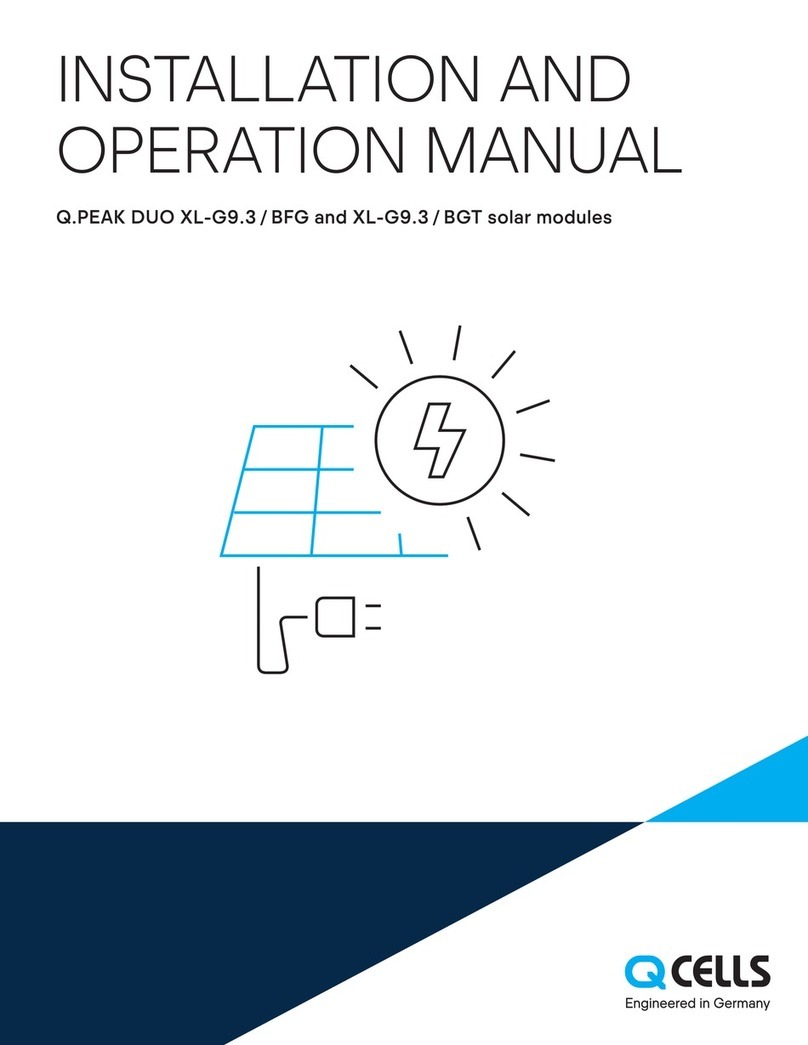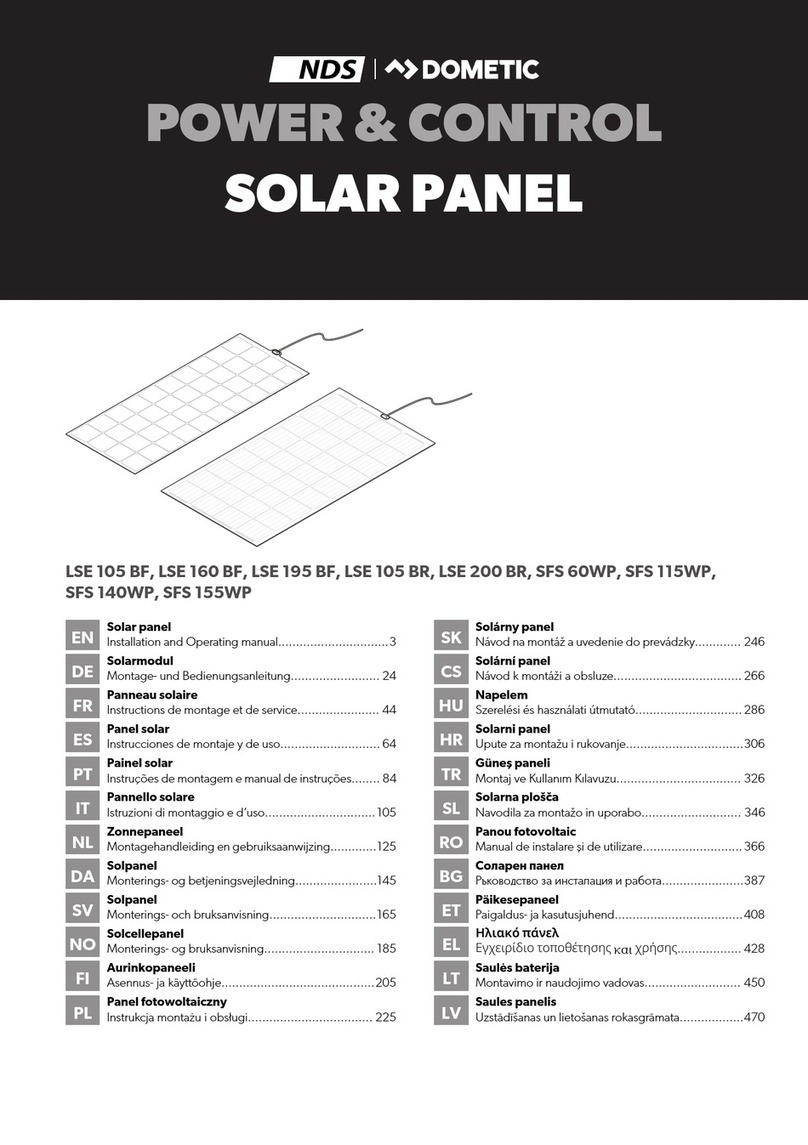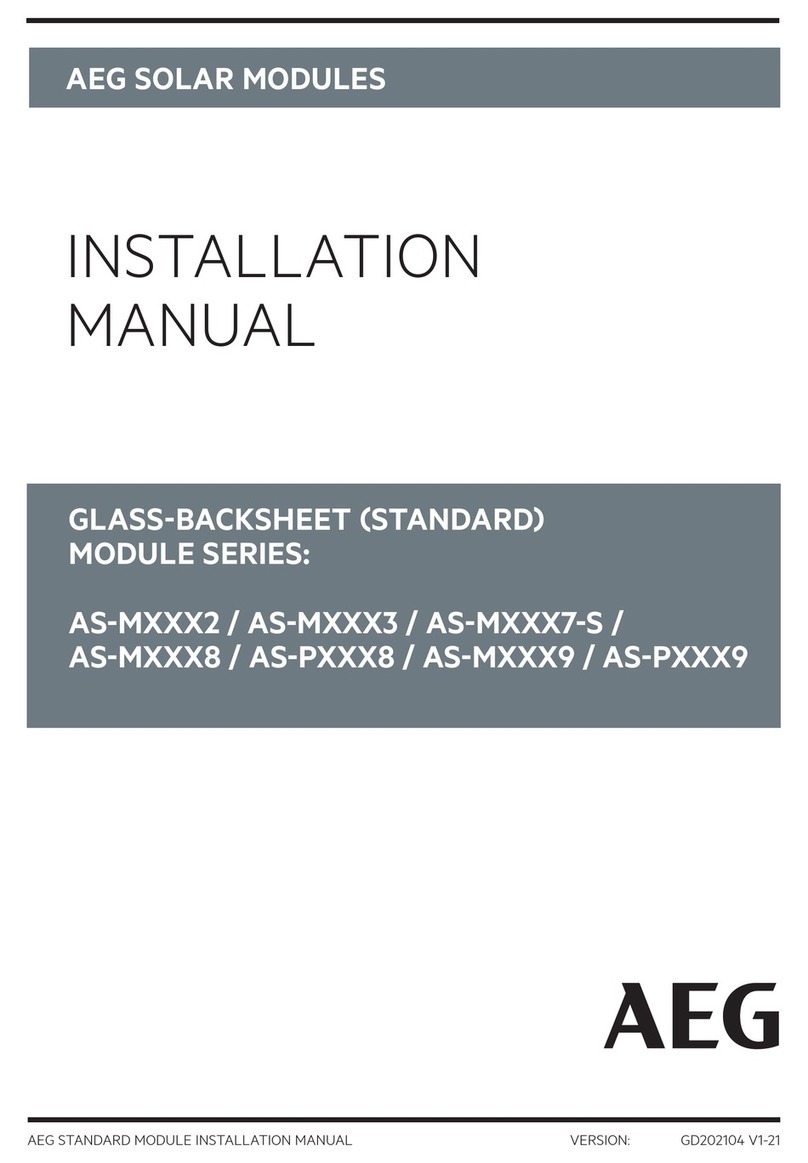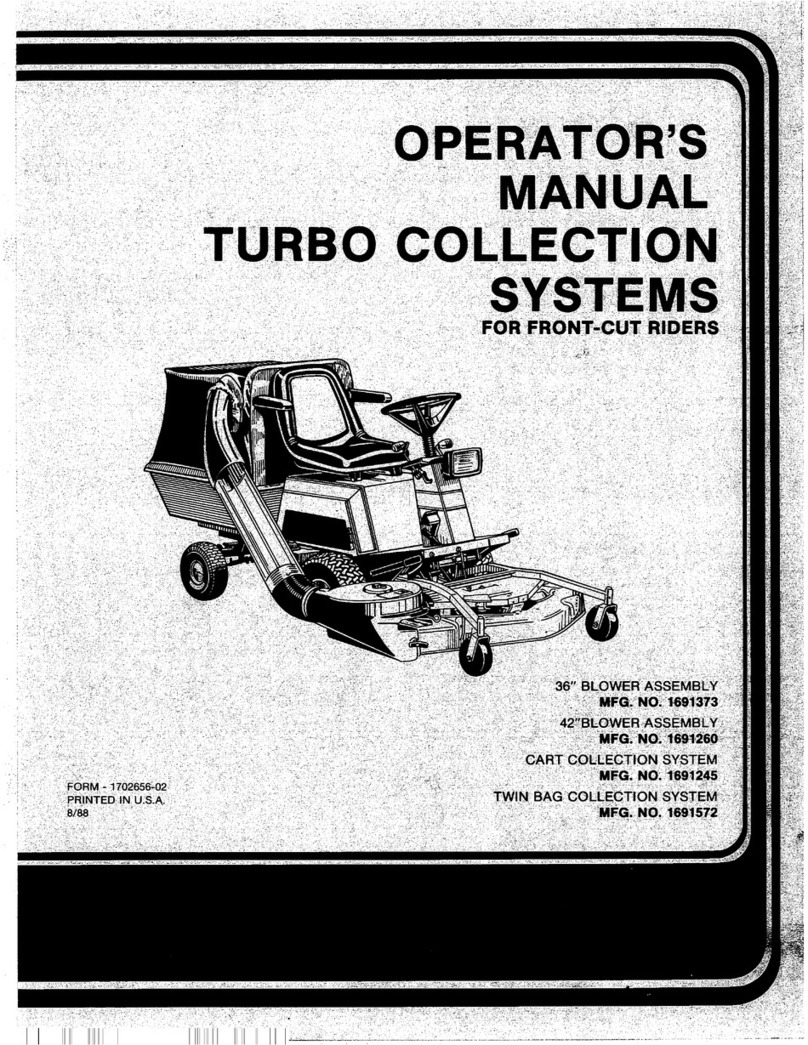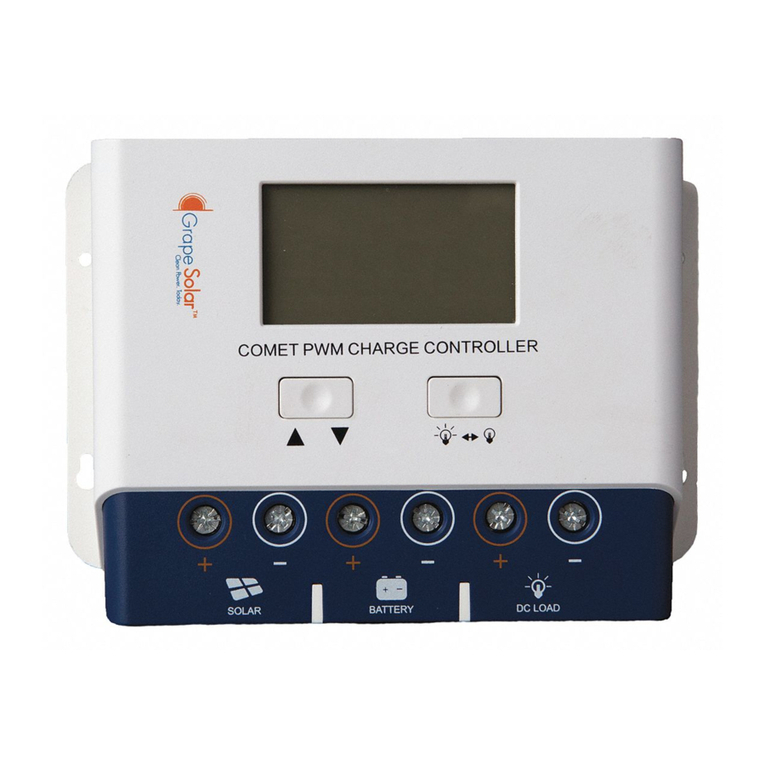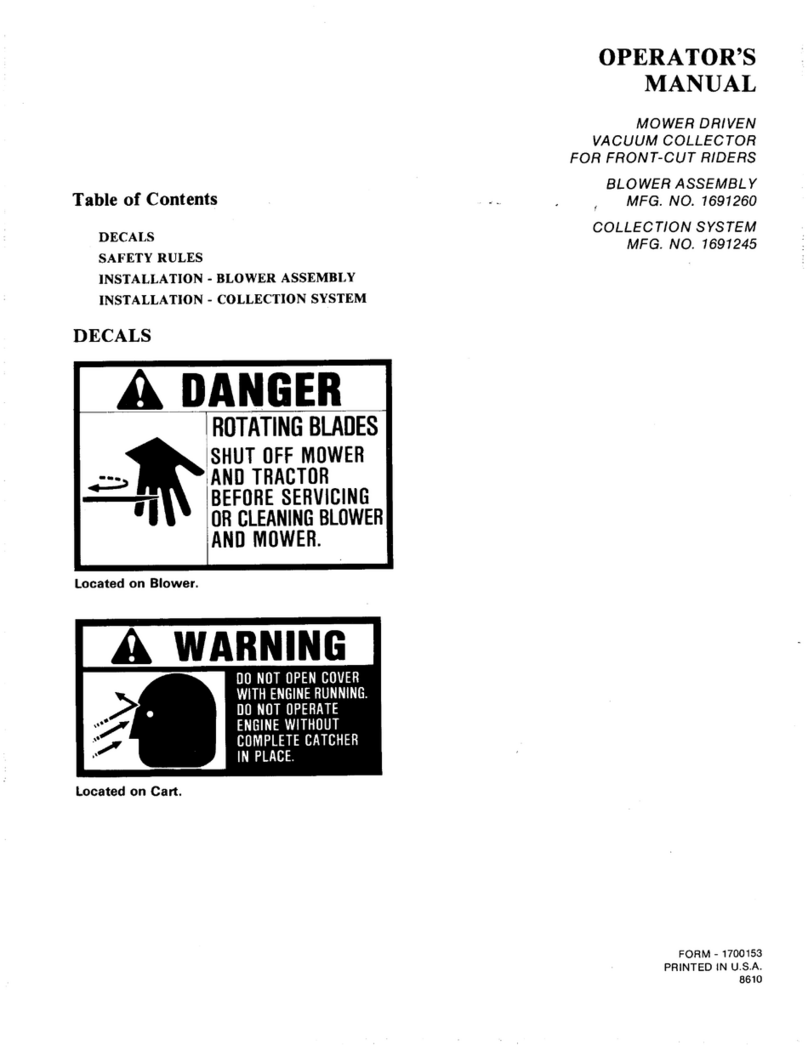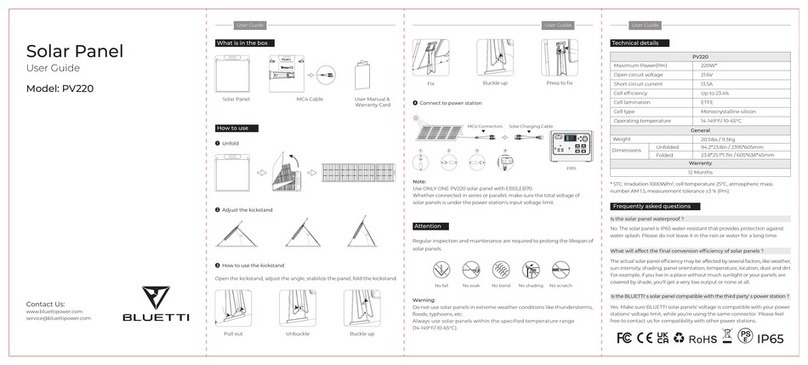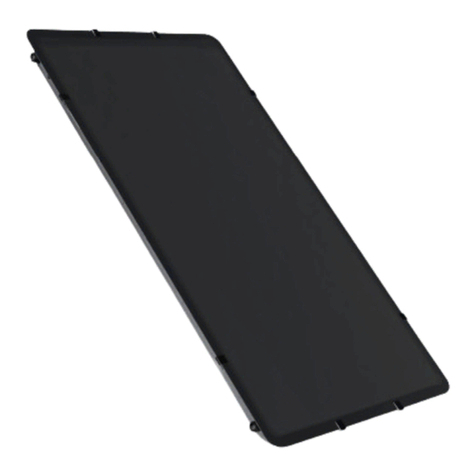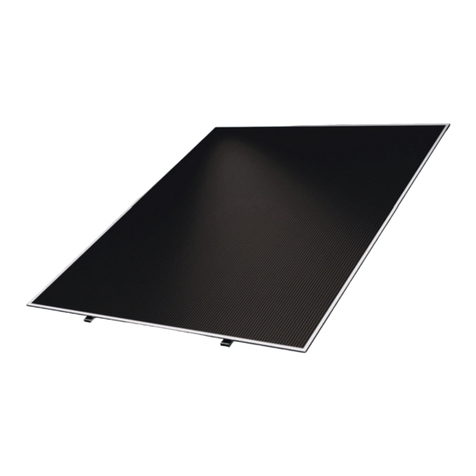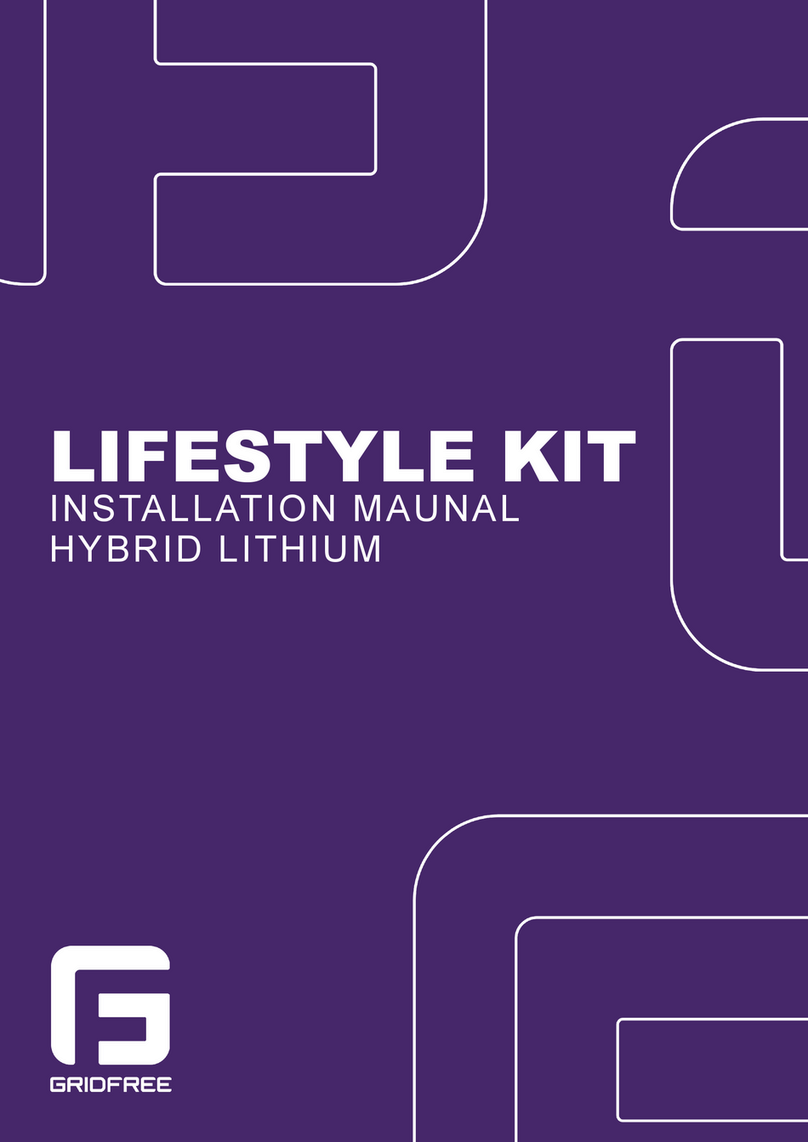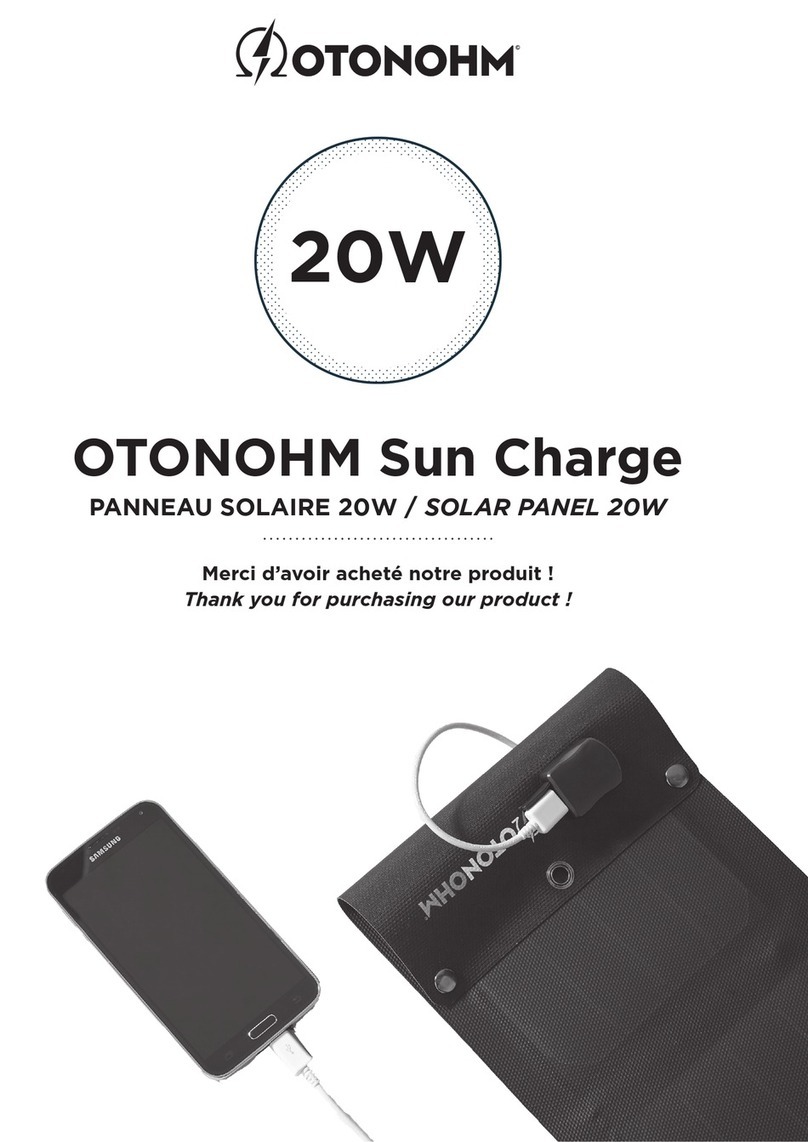Date: 2020.11 Doc No: PS-M-0904 Ver. B Page - 15 - of 16
negative poles).
•The maximum rating of a fuse connected in series with an array string is typically 15A but the actual module
specific rating can be found on the product label and in the product datasheet.
•This fuse rating value also corresponds to the maximum reverse current that a module can withstand (when
one string is shaded then the other parallel strings of modules will be loaded by the shaded string and current
will flow) and therefore impacts the number of strings in parallel.
7.2 INVERTER SELETION AND COMPATIBILITY
•When installed in systems governed by IEC regulations, Trina Solar modules normally do not need to be
electronically connected to earth andthereforecanbe operatedtogether witheither galvanically isolated (with
transformer) and transformerless inverters.
•Potential Induced Degradation (PID) is sometimes observed in PV modules due to a combination of high
humidity, high temperature and high voltage. PID is most likely to cause degradation under the following
conditions:
a) Installations in the warm and humid climates
b) Installation close to a source of continual moisture, such as bodies of water
•To reduce the risk of PID, we strongly suggest that modules feature Trina Solar’s Anti-PID technology, which
can be applied to any Trina product. Alternatively, we recommend the use of an inverter that includes a
transformer as well as proper grounding of the negative DC leg of the PV array.
•Chooseinverterswithisolationtransformersinhotandwetareas(suchasshores,wetlands),toensureproper
module function under positive voltage.
8. MAINTENANCE AND CARE
•Awelldesignedsolarsystemrequiresminimalmaintenance;however,systemperformanceandreliabilitycan
be improved by taking some simple steps.
•Maintenance should be carried out at least once a year by trained personnel, always wearing rubber gloves
and boots with maximum working voltage not lower than 1500V DC
•Trim any vegetation which may shade the solar array thus impacting performance.
•Check that mounting hardware is properly tightened.
•Inspect all cables to verify that connections are tight; the cables are protected from direct sunlight and sited
away from areas of water collection.
•Check that all string fuses in each non/earthed pole are operating.
•Itisrecommendedtocheckthetorqueof terminalboltsandthegeneralconditionofwiringatleastonceayear.
Also, check that mounting hardware is properly torqued. Loose connections will result in damage to the array.
•Replacement modules must be of same type. Do not touch live parts of cables and connectors. Use
appropriate safety equipment (insulated tools, insulating gloves, etc.) when handling modules.
•The amount of electricity generated by a solar module is proportional to the amount of light falling on it. A
module with shaded cells will produce less energy and therefore it is important to keep modules clean.
•Normally rain water is sufficient to keep the modules clean however it is particularly important to ensure that
the solar modules are clean before onset of summer. Products installed at a tilt angle below 10°or which are
located in particularly dusty areas, are installed in landscape orientation or in areas of high pollution or close
to large bird populations will require more regular cleaning.
•When cleaning the module use a soft cloth together with a mild detergent and clean water. Take care toavoid
severe thermal shocks which might damage the module by cleaning modules with water which has a similar
temperature to the modules being cleaned.
•When cleaningthe backsurfaceof themodule, takecareto avoidpenetratingthe substratematerial. Modules
that aremounted flat (0°tilt angle) should be cleaned more often, as they will not “self-clean” as effectively as
modules mounted at a 10°tilt or greater.
•The benefit of cleaning dirt and debrisfrom the array is atrade-off between thecost ofthe cleaning, increased
energy productionasaresultofthiscleaning,andtheinevitablere-soilingofthelaminatesovertimeoncethey
have been cleaned.
•In the event that the solar modules need to be cleaned then clean the module use a soft cloth together with a
mild detergent and clean water. Take care to avoid severe thermal shocks which might damage the module
by cleaning modules with water which has a similar temperature to the modules being cleaned.
•On large systems, the benefit of cleaning dirt and debris from the array is a trade-off between the cost of the
cleaning,increasedenergyproductionasaresultofthiscleaning,andthetimeforthere-soilingofthemodules
















